Home>Furniture & Design>Interior Design Trends>How To Get Crayon Off Glass
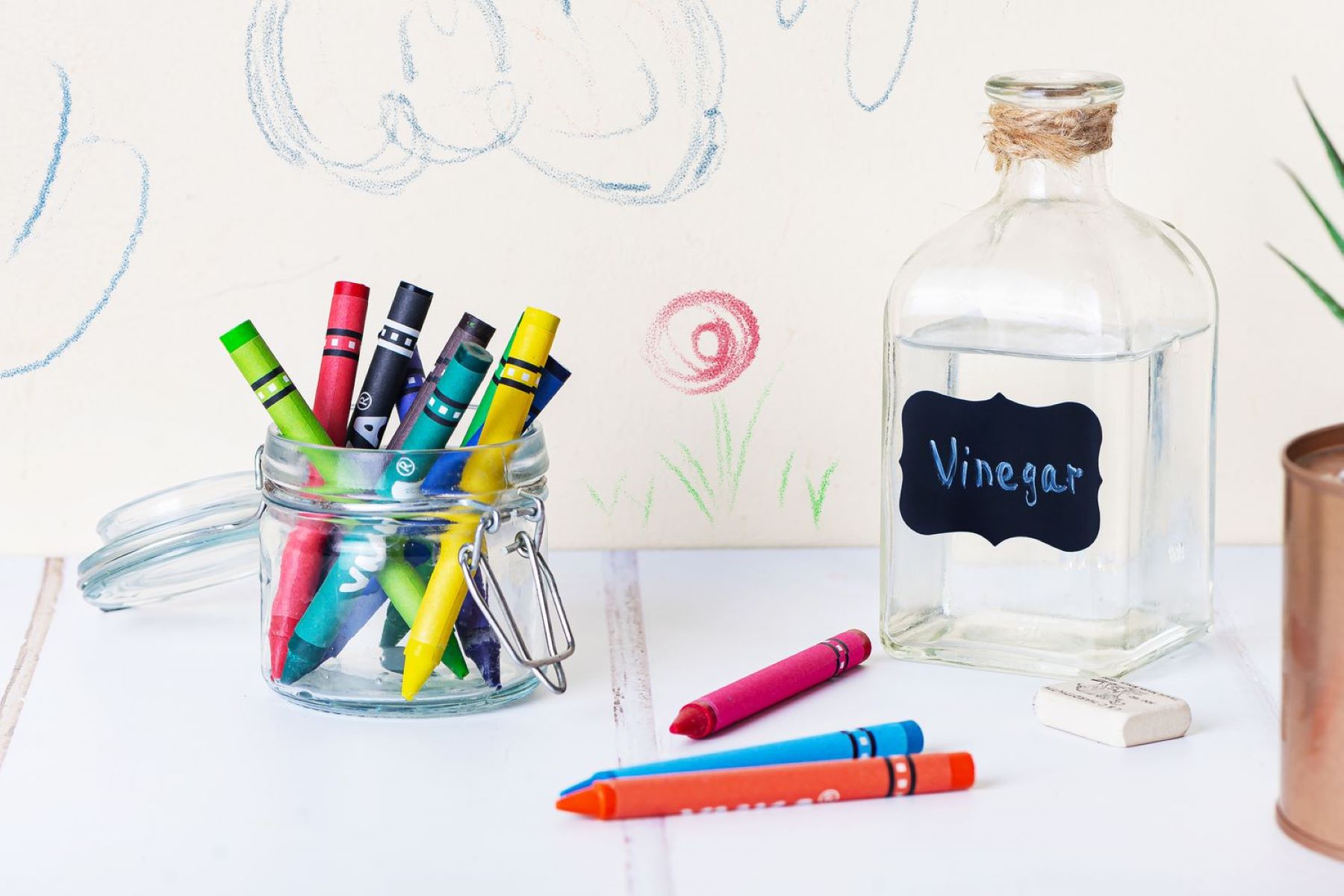

Interior Design Trends
How To Get Crayon Off Glass
Modified: February 26, 2024
Learn how to remove crayon marks from glass surfaces with these interior design trends. Discover effective methods for cleaning and restoring your glass items.
(Many of the links in this article redirect to a specific reviewed product. Your purchase of these products through affiliate links helps to generate commission for Storables.com, at no extra cost. Learn more)
Introduction
Removing crayon marks from glass surfaces can be a challenging task, especially when traditional cleaning methods fall short. Whether it's a playful art session gone awry or an accidental slip of the hand, finding crayon marks on glass can be frustrating. However, with the right techniques and a bit of patience, it's possible to restore the glass to its pristine state.
In this comprehensive guide, we'll explore various methods for effectively removing crayon marks from glass. From household staples like vinegar and baking soda to specialized products like rubbing alcohol and WD-40, we'll cover a range of solutions to cater to different preferences and available resources. Each method offers its unique approach, ensuring that you can choose the one that best suits your needs and the materials at your disposal.
By the end of this guide, you'll be equipped with the knowledge and confidence to tackle crayon marks on glass surfaces with ease. Whether you're a parent dealing with artistic masterpieces on windows or a homeowner seeking to restore the clarity of glass decor, these methods will empower you to address the issue promptly and effectively. Let's dive into the various approaches and discover how to bid farewell to unwanted crayon marks on glass.
Key Takeaways:
- Say goodbye to crayon marks on glass with vinegar, baking soda, rubbing alcohol, a magic eraser, or WD-40. These methods offer effective and safe solutions for restoring the pristine appearance of glass surfaces.
- Harness the power of household items and innovative tools to remove crayon marks from glass. From gentle yet potent vinegar and baking soda to the precision of a razor blade, these methods empower you to tackle the challenge with confidence and efficacy.
Method 1: Using Vinegar and Baking Soda
When it comes to tackling stubborn crayon marks on glass, a simple yet effective solution involves harnessing the power of vinegar and baking soda. These common household ingredients, known for their versatile cleaning properties, can work wonders in restoring the pristine appearance of glass surfaces.
To begin, gather the following items:
- White vinegar
- Baking soda
- Soft cloth or sponge
- Warm water
- Spray bottle
Here's a step-by-step guide to using vinegar and baking soda to remove crayon marks from glass:
-
Create a Vinegar Solution:
- Fill a spray bottle with undiluted white vinegar. The acetic acid in vinegar serves as a potent solvent, capable of breaking down the waxy components of crayon marks.
-
Apply the Vinegar Solution:
- Liberally spray the affected glass surface with the white vinegar. Ensure that the crayon marks are thoroughly saturated with the vinegar solution. Let it sit for a few minutes to allow the vinegar to penetrate the crayon marks.
-
Sprinkle Baking Soda:
- After the vinegar has had a chance to work its magic, sprinkle a generous amount of baking soda over the affected area. The mild abrasive nature of baking soda, combined with its alkaline properties, helps to lift the crayon marks from the glass without causing damage.
-
Scrub Gently:
- Using a soft cloth or sponge, gently scrub the glass surface in circular motions. The combination of vinegar and baking soda creates a paste-like consistency, which aids in dislodging the crayon marks while also polishing the glass.
-
Rinse and Dry:
- Once the crayon marks have been effectively lifted, rinse the glass surface with warm water to remove any residual vinegar and baking soda. Use a clean, dry cloth to thoroughly dry the glass, revealing a clean and clear surface free from crayon marks.
By harnessing the natural cleaning prowess of vinegar and baking soda, you can effectively eliminate crayon marks from glass surfaces while minimizing exposure to harsh chemicals. This method offers a gentle yet potent approach, making it suitable for various glass items, from windows and picture frames to glass tabletops and decorative accents. With a few simple ingredients and a bit of elbow grease, you can restore the luster of glass and bid farewell to unwanted crayon marks.
Method 2: Using Rubbing Alcohol
When confronted with crayon marks on glass, rubbing alcohol emerges as a potent ally in the battle for pristine surfaces. This method harnesses the solvent properties of rubbing alcohol to effectively dissolve and lift crayon marks, offering a straightforward yet powerful solution for restoring the clarity of glass.
To embark on this journey of crayon mark removal, you'll need the following items:
- Rubbing alcohol (Isopropyl alcohol)
- Soft cloth or sponge
- Warm water
- Mild dish soap
- Cotton balls or pads
Here's a step-by-step guide to using rubbing alcohol to banish crayon marks from glass:
-
Prepare the Glass Surface:
Before applying rubbing alcohol, ensure that the glass surface is clean and free from any loose debris or dust. This sets the stage for the rubbing alcohol to effectively target the crayon marks without interference. -
Apply Rubbing Alcohol:
Moisten a soft cloth or cotton ball with rubbing alcohol. Gently dab the affected areas with the rubbing alcohol, ensuring that the crayon marks are thoroughly saturated. The alcohol's solvent properties work to break down the waxy components of the crayon marks, facilitating their removal. -
Let it Sit:
Allow the rubbing alcohol to sit on the crayon marks for a few minutes. This provides ample time for the alcohol to penetrate and dissolve the crayon residue, making it easier to lift from the glass surface. -
Gentle Scrubbing:
Using a soft cloth or sponge, gently scrub the glass surface in circular motions. The combination of rubbing alcohol and gentle friction aids in dislodging the crayon marks, gradually revealing the pristine glass underneath. -
Rinse and Cleanse:
Once the crayon marks have been effectively lifted, rinse the glass surface with warm water to remove any residual rubbing alcohol. If needed, use a mild dish soap to cleanse the area and ensure that all traces of crayon and alcohol are removed. -
Dry the Glass:
Use a clean, dry cloth to thoroughly dry the glass surface. This final step unveils a sparkling, crayon-free expanse, ready to reclaim its role as a transparent canvas for light and vision.
The use of rubbing alcohol presents a swift and effective method for removing crayon marks from glass, making it an invaluable tool for homeowners, parents, and anyone seeking to restore the pristine allure of glass surfaces. With its solvent prowess and gentle nature, rubbing alcohol offers a reliable solution for banishing unwanted crayon marks, ensuring that glass regains its clarity and charm.
Whether it's windows, glass tabletops, or decorative glassware, the versatility of rubbing alcohol makes it a go-to option for addressing crayon marks with ease. Armed with rubbing alcohol and a touch of diligence, you can bid farewell to crayon marks and welcome back the unobstructed beauty of glass.
Method 3: Using a Magic Eraser
When it comes to tackling stubborn crayon marks on glass, the magic eraser emerges as a powerful and convenient solution. This innovative cleaning tool, known for its remarkable ability to remove tough stains and marks, offers a straightforward and effective method for banishing crayon marks from glass surfaces.
To embark on this journey of crayon mark removal using a magic eraser, you'll need the following items:
- Magic eraser sponge
- Warm water
- Mild dish soap
- Soft cloth or sponge
Here's a step-by-step guide to using a magic eraser to eliminate crayon marks from glass:
-
Prepare the Magic Eraser: Begin by moistening the magic eraser sponge with warm water. Squeeze out any excess water to ensure that the sponge is damp but not dripping.
-
Gently Scrub the Crayon Marks: With the moistened magic eraser in hand, gently scrub the crayon marks on the glass surface. The unique texture of the magic eraser, infused with micro-scrubbers, works to lift and remove the crayon marks without causing damage to the glass.
-
Rinse and Cleanse: As the crayon marks begin to dissipate, rinse the glass surface with warm water to remove any residual crayon residue and magic eraser particles. If needed, use a mild dish soap to cleanse the area and ensure that all traces of crayon and magic eraser residue are removed.
-
Dry the Glass: Use a soft cloth to thoroughly dry the glass surface, revealing a pristine expanse free from crayon marks. The magic eraser's remarkable cleaning prowess ensures that the glass surface is restored to its original clarity and luster.
The use of a magic eraser presents a convenient and efficient method for removing crayon marks from glass, making it an invaluable tool for homeowners, parents, and anyone seeking to restore the pristine allure of glass surfaces. With its unique composition and remarkable cleaning capabilities, the magic eraser offers a reliable solution for banishing unwanted crayon marks, ensuring that glass regains its clarity and charm.
Whether it's windows, glass tabletops, or decorative glassware, the versatility of the magic eraser makes it a go-to option for addressing crayon marks with ease. Armed with a magic eraser and a touch of diligence, you can bid farewell to crayon marks and welcome back the unobstructed beauty of glass.
Use a razor blade to gently scrape off the crayon from the glass. Be careful not to scratch the glass. Then, use a cloth and rubbing alcohol to remove any remaining residue.
Method 4: Using WD-40
When it comes to tackling stubborn crayon marks on glass, WD-40 emerges as a versatile and effective solution. This multi-purpose lubricant, known for its ability to loosen adhesives and remove tough stains, offers a straightforward and powerful method for banishing crayon marks from glass surfaces.
To embark on this journey of crayon mark removal using WD-40, you'll need the following items:
- WD-40 lubricant
- Soft cloth or sponge
- Warm water
- Mild dish soap
Here's a step-by-step guide to using WD-40 to eliminate crayon marks from glass:
-
Prepare the Glass Surface: Before applying WD-40, ensure that the glass surface is clean and free from any loose debris or dust. This sets the stage for the WD-40 to effectively target the crayon marks without interference.
-
Apply WD-40: Spray a small amount of WD-40 directly onto the crayon marks on the glass surface. The lubricating properties of WD-40 work to penetrate and loosen the crayon residue, making it easier to remove.
-
Let it Sit: Allow the WD-40 to sit on the crayon marks for a few minutes. This provides ample time for the lubricant to work its magic, effectively breaking down the waxy components of the crayon marks.
-
Gentle Scrubbing: Using a soft cloth or sponge, gently scrub the glass surface in circular motions. The combination of WD-40 and gentle friction aids in dislodging the crayon marks, gradually revealing the pristine glass underneath.
-
Rinse and Cleanse: Once the crayon marks have been effectively lifted, rinse the glass surface with warm water to remove any residual WD-40 and crayon residue. If needed, use a mild dish soap to cleanse the area and ensure that all traces of crayon and WD-40 are removed.
-
Dry the Glass: Use a clean, dry cloth to thoroughly dry the glass surface. This final step unveils a sparkling, crayon-free expanse, ready to reclaim its role as a transparent canvas for light and vision.
The use of WD-40 presents a swift and effective method for removing crayon marks from glass, making it an invaluable tool for homeowners, parents, and anyone seeking to restore the pristine allure of glass surfaces. With its lubricating prowess and gentle nature, WD-40 offers a reliable solution for banishing unwanted crayon marks, ensuring that glass regains its clarity and charm.
Whether it's windows, glass tabletops, or decorative glassware, the versatility of WD-40 makes it a go-to option for addressing crayon marks with ease. Armed with WD-40 and a touch of diligence, you can bid farewell to crayon marks and welcome back the unobstructed beauty of glass.
Read more: How To Get Crayon Out Of A Carpet
Method 5: Using a Razor Blade
When faced with stubborn crayon marks on glass, employing a razor blade can provide a precise and effective solution. While this method requires careful handling to ensure safety and prevent damage to the glass surface, it offers a targeted approach for removing persistent crayon marks.
To utilize a razor blade for removing crayon marks from glass, follow these steps:
-
Prepare the Glass Surface: Before proceeding, ensure that the glass surface is clean and free from any loose debris. This sets the stage for the razor blade to effectively target the crayon marks without interference.
-
Moisten the Glass: Lightly moisten the glass surface with water. This helps to create a lubricated environment, allowing the razor blade to glide smoothly over the surface without causing scratches.
-
Hold the Razor Blade at an Angle: Hold the razor blade at a shallow angle against the glass, ensuring that it makes gentle contact with the crayon marks. It's crucial to maintain a controlled and steady hand to avoid applying excessive pressure, which could potentially damage the glass.
-
Carefully Scrape the Crayon Marks: Using gentle and controlled movements, carefully scrape the crayon marks from the glass surface. The sharp edge of the razor blade allows for precise removal of the crayon residue, gradually revealing the clean glass underneath.
-
Cleanse the Glass: Once the crayon marks have been successfully removed, cleanse the glass surface with warm water to wash away any residual crayon particles and ensure that the surface is free from debris.
-
Dry the Glass: Use a clean, dry cloth to thoroughly dry the glass surface, unveiling a pristine expanse free from crayon marks.
Employing a razor blade to remove crayon marks from glass demands caution and precision. While it offers a targeted and effective approach, it's essential to handle the razor blade with care to prevent accidents and damage to the glass. This method is best suited for individuals who are comfortable and confident in using a razor blade for delicate tasks.
By harnessing the precision of a razor blade, you can effectively eliminate persistent crayon marks from glass surfaces, restoring their clarity and visual appeal. Whether it's windows, glass doors, or decorative glass items, the use of a razor blade provides a meticulous solution for addressing stubborn crayon marks with precision and finesse.
Conclusion
In the quest to restore the pristine allure of glass surfaces marred by crayon marks, we've explored a diverse array of methods, each offering its unique approach to banishing unwanted blemishes. From harnessing the natural cleaning prowess of vinegar and baking soda to leveraging the solvent properties of rubbing alcohol and the precision of a razor blade, these methods cater to various preferences and resources, empowering individuals to address crayon marks with confidence and efficacy.
As we conclude this comprehensive guide, it's evident that the resilience and versatility of glass, coupled with the ingenuity of these cleaning methods, offer a pathway to reclaiming the unobstructed beauty of glass surfaces. Whether it's the transparency of windows, the gleam of glass tabletops, or the allure of decorative glassware, the removal of crayon marks unveils a canvas for light and vision, free from unwanted distractions.
It's essential to approach the removal of crayon marks with a blend of patience, diligence, and the appropriate method tailored to the specific scenario. The gentle yet potent combination of vinegar and baking soda provides a natural and effective solution, while rubbing alcohol offers a swift and reliable method for banishing crayon marks. The convenience and remarkable cleaning capabilities of a magic eraser, the versatility of WD-40, and the precision of a razor blade further enrich the arsenal of options available to address this common challenge.
Ultimately, the successful removal of crayon marks from glass surfaces not only restores their visual appeal but also embodies a triumph over unexpected obstacles. It exemplifies the resourcefulness and adaptability inherent in addressing everyday nuisances, transforming them into opportunities to showcase the resilience and enduring beauty of glass.
Armed with the knowledge and insights gleaned from this guide, individuals can confidently embark on the journey of restoring glass surfaces, infusing them with clarity, luster, and a renewed sense of elegance. By embracing these methods and their inherent potential, the task of removing crayon marks from glass transcends mere cleaning; it becomes a testament to the transformative power of simple yet effective solutions.
In the realm of interior design and home maintenance, the ability to navigate and overcome such challenges elevates the appreciation for the spaces we inhabit, fostering an environment where beauty, functionality, and adaptability converge harmoniously. As we bid farewell to unwanted crayon marks on glass, we embrace the enduring allure of glass surfaces, now free to reflect the world with unobstructed clarity and grace.
Frequently Asked Questions about How To Get Crayon Off Glass
Was this page helpful?
At Storables.com, we guarantee accurate and reliable information. Our content, validated by Expert Board Contributors, is crafted following stringent Editorial Policies. We're committed to providing you with well-researched, expert-backed insights for all your informational needs.
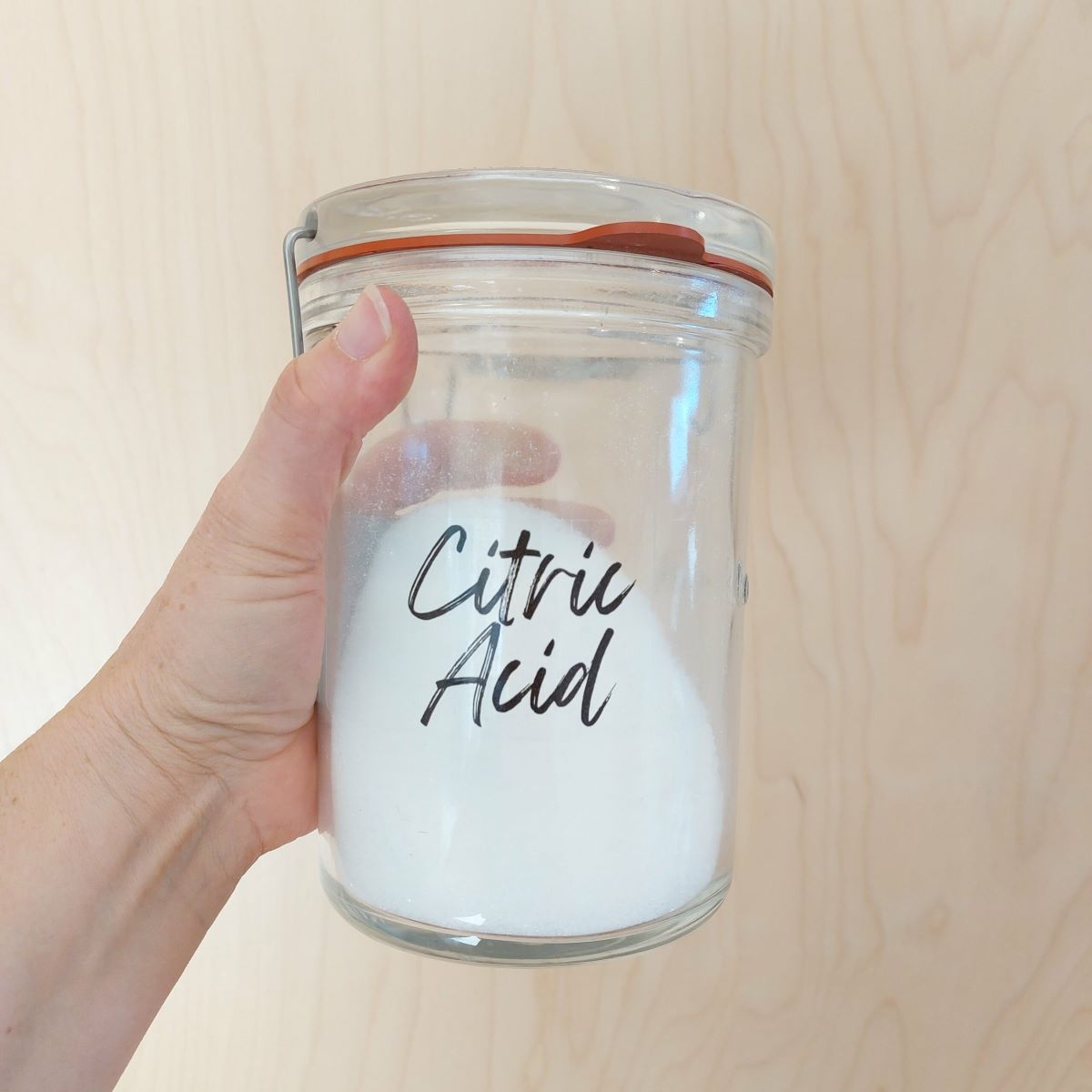
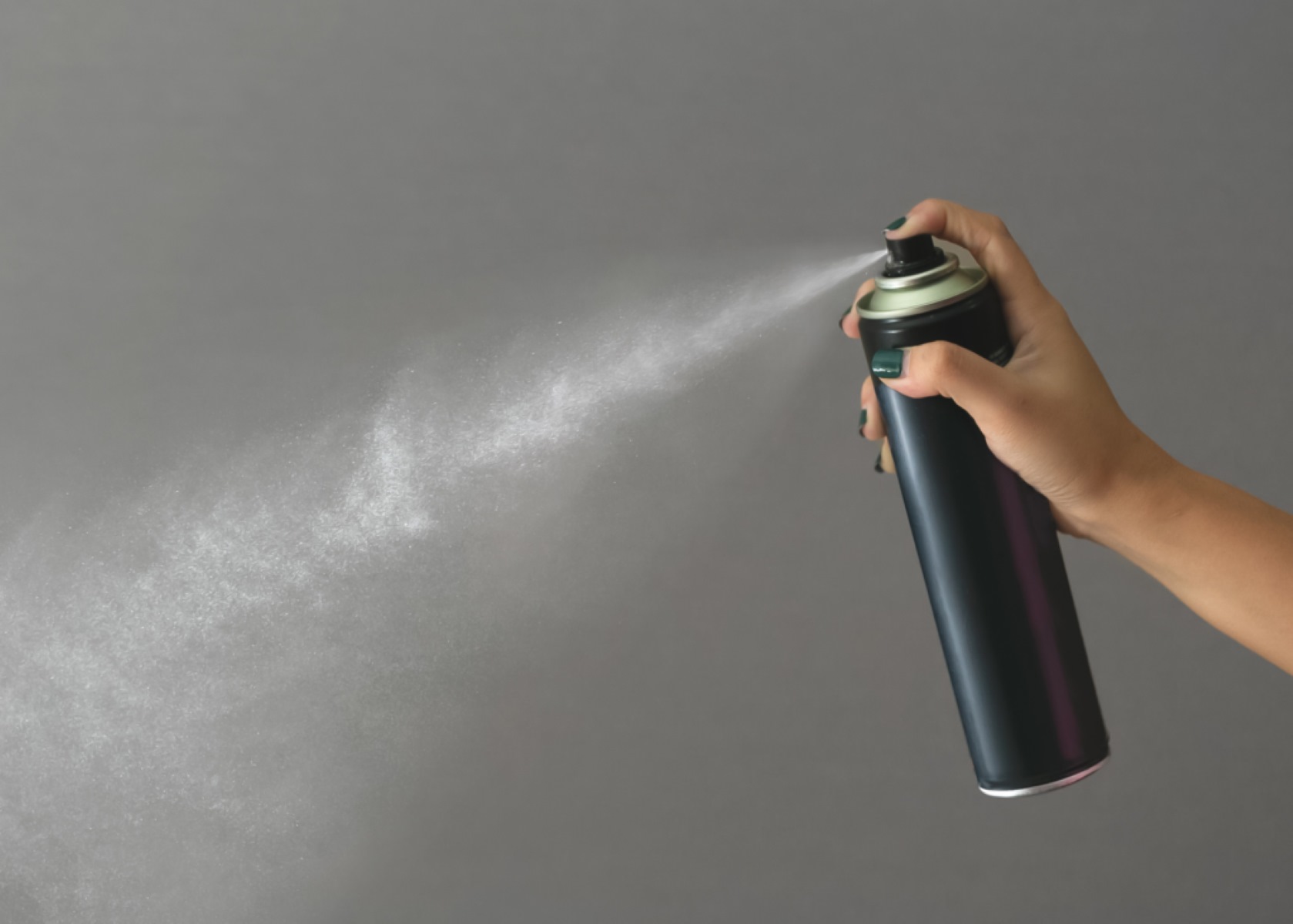
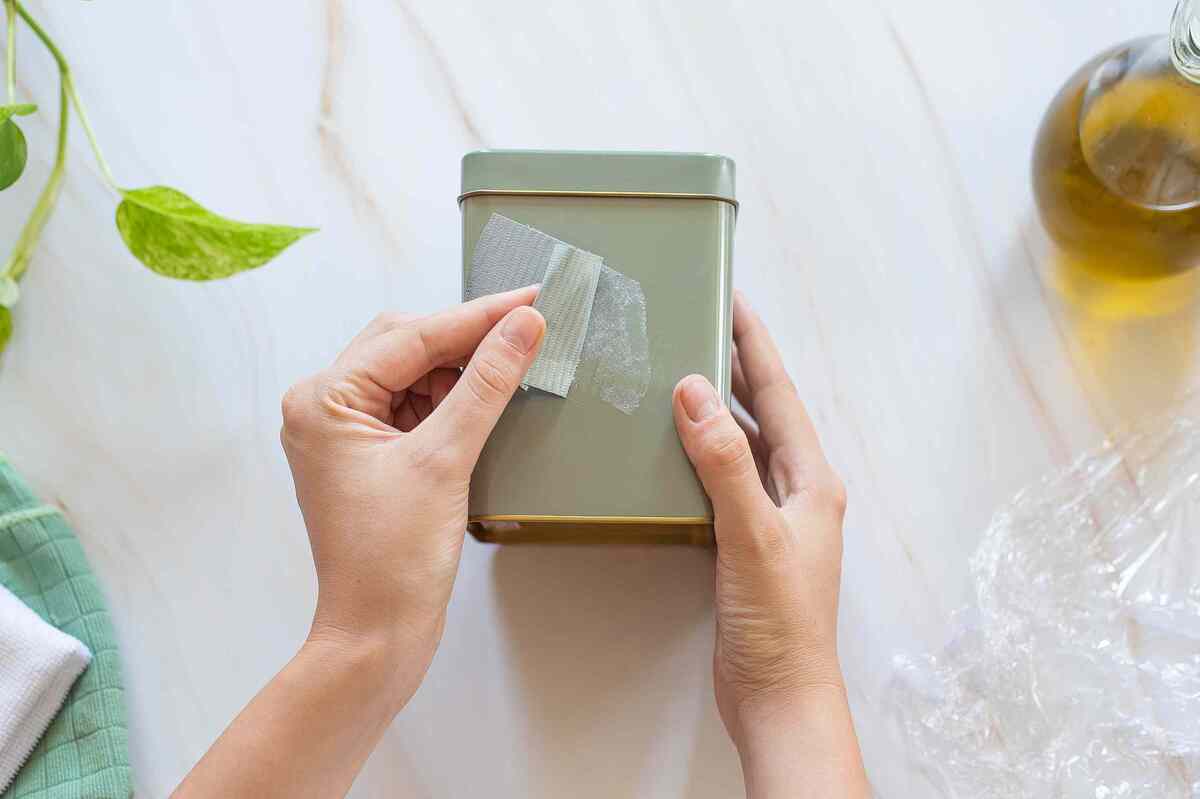
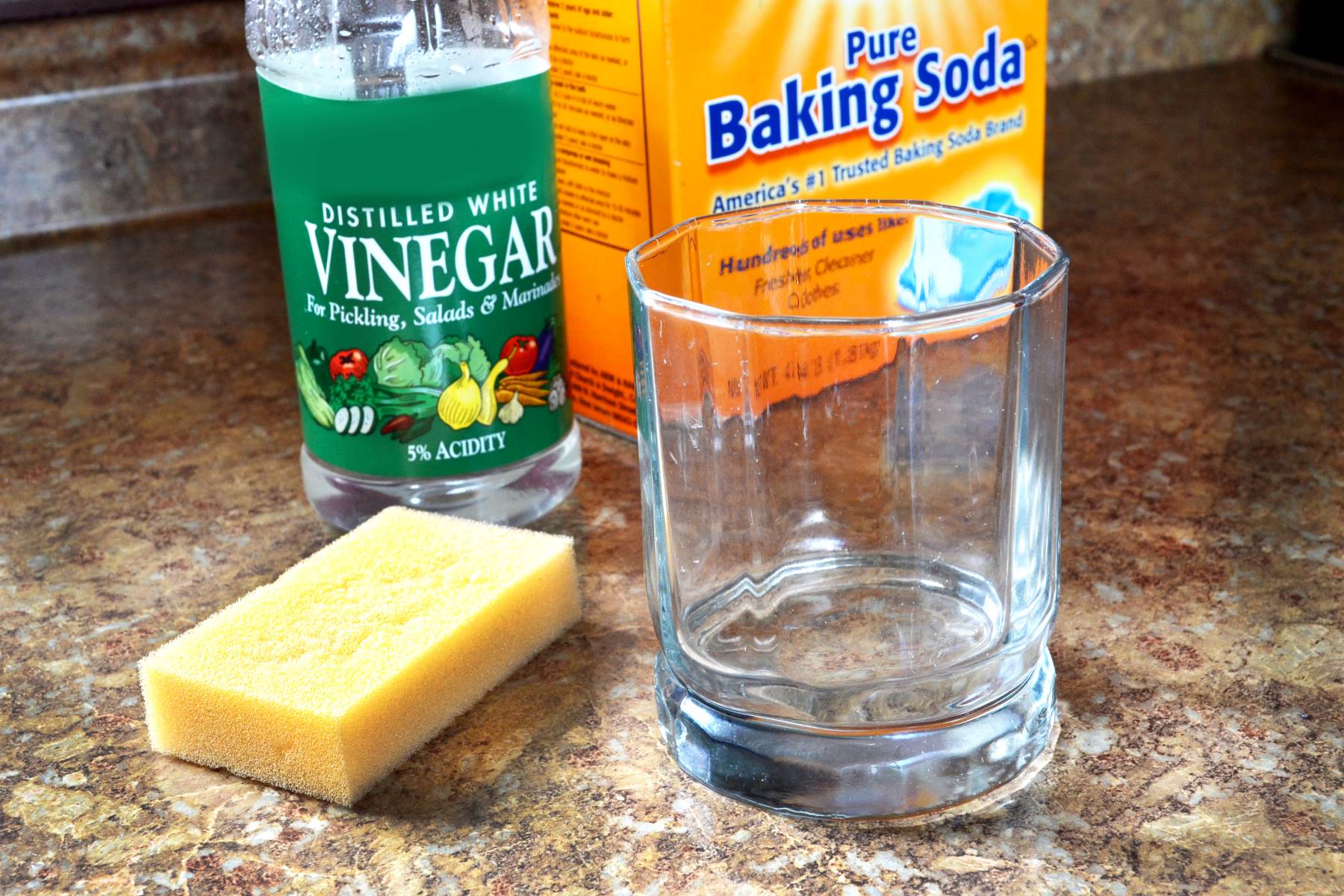
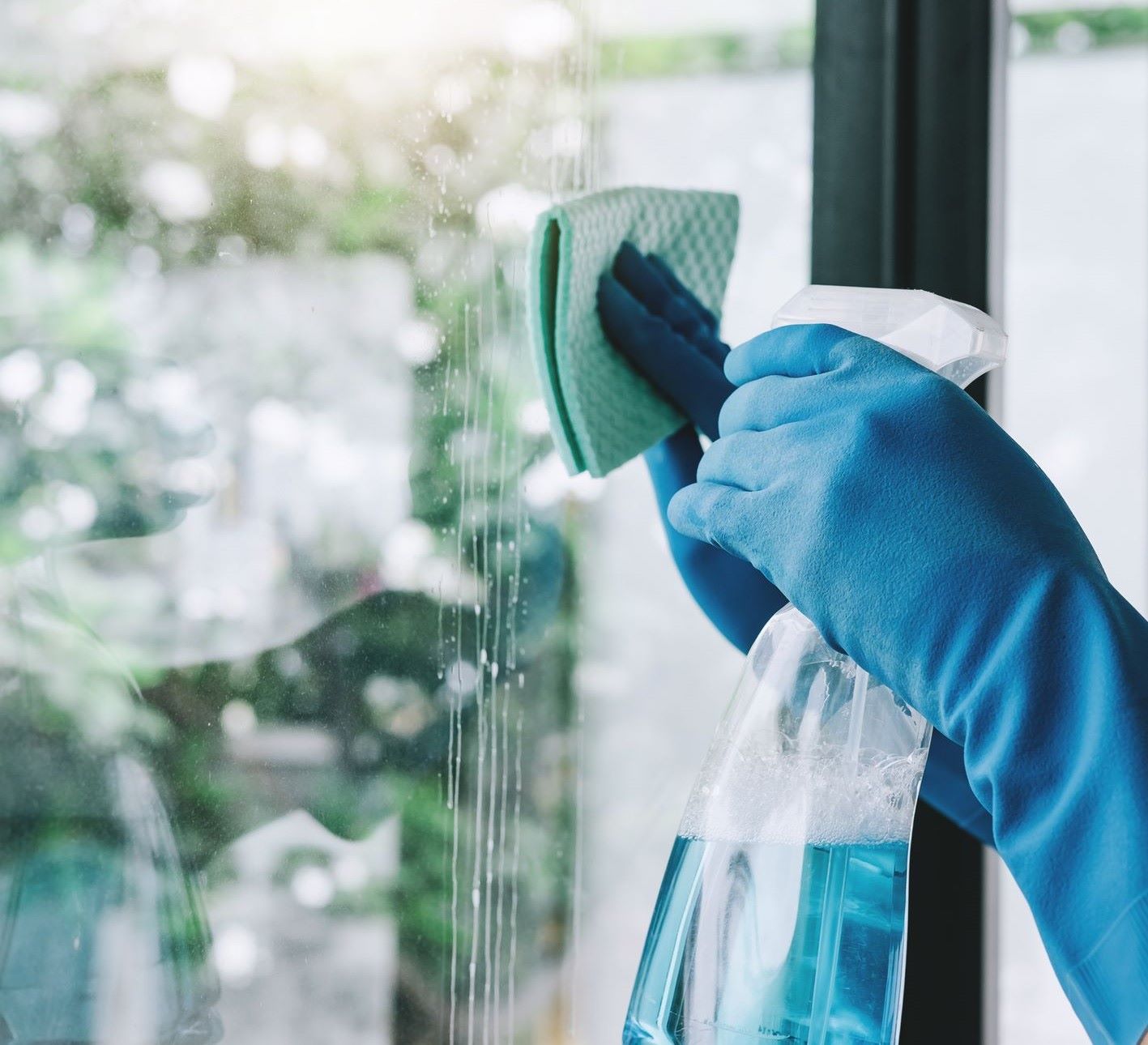
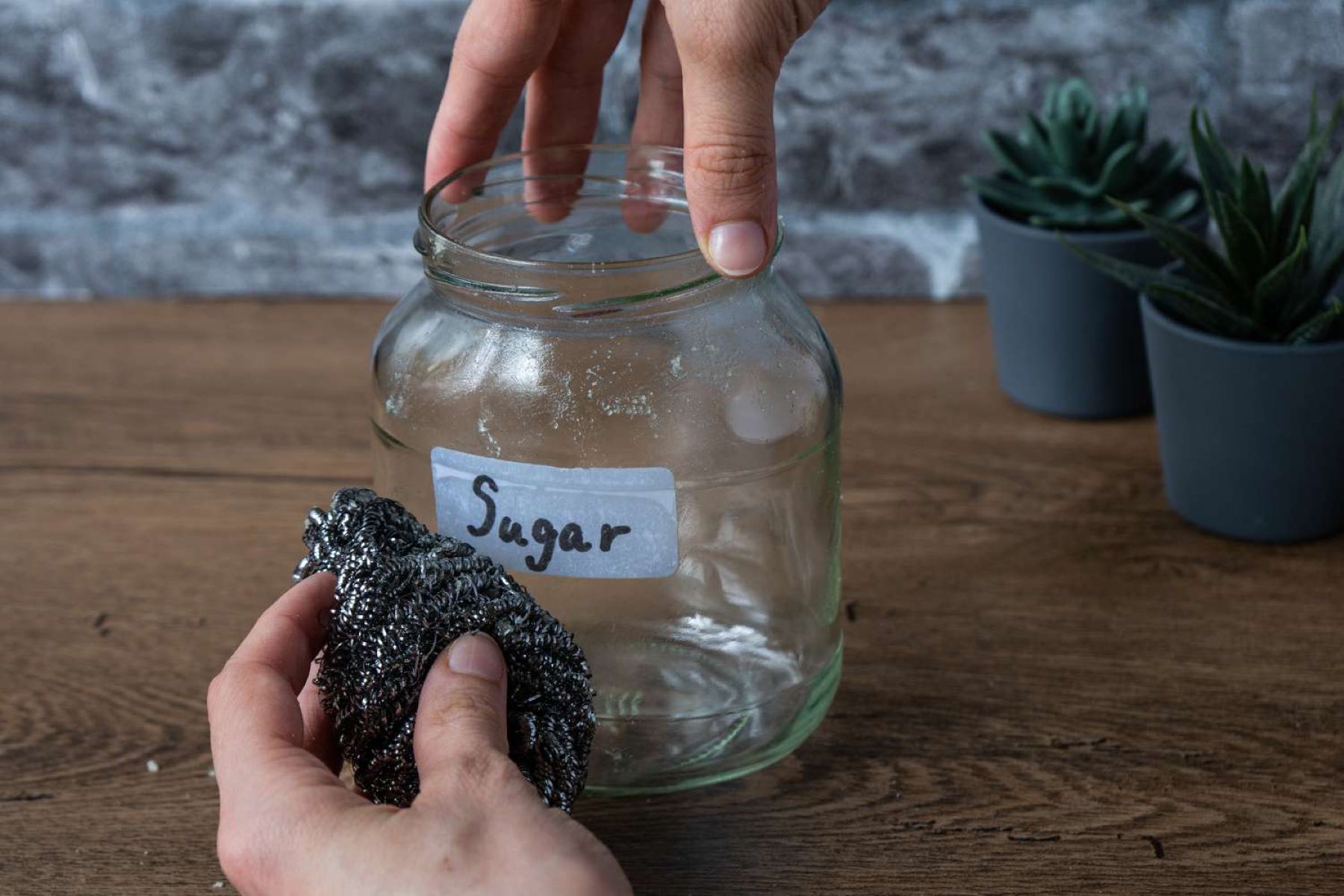
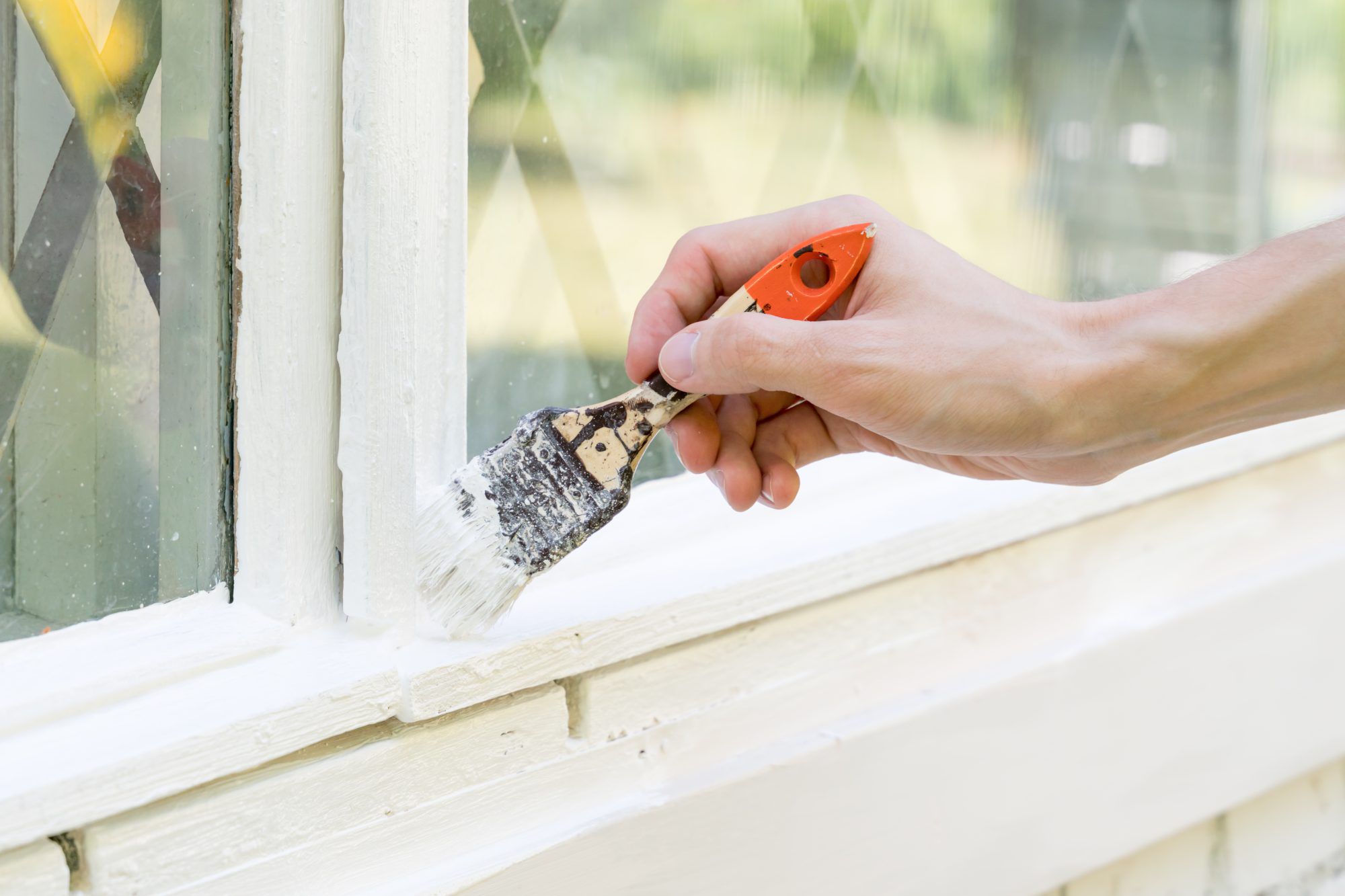
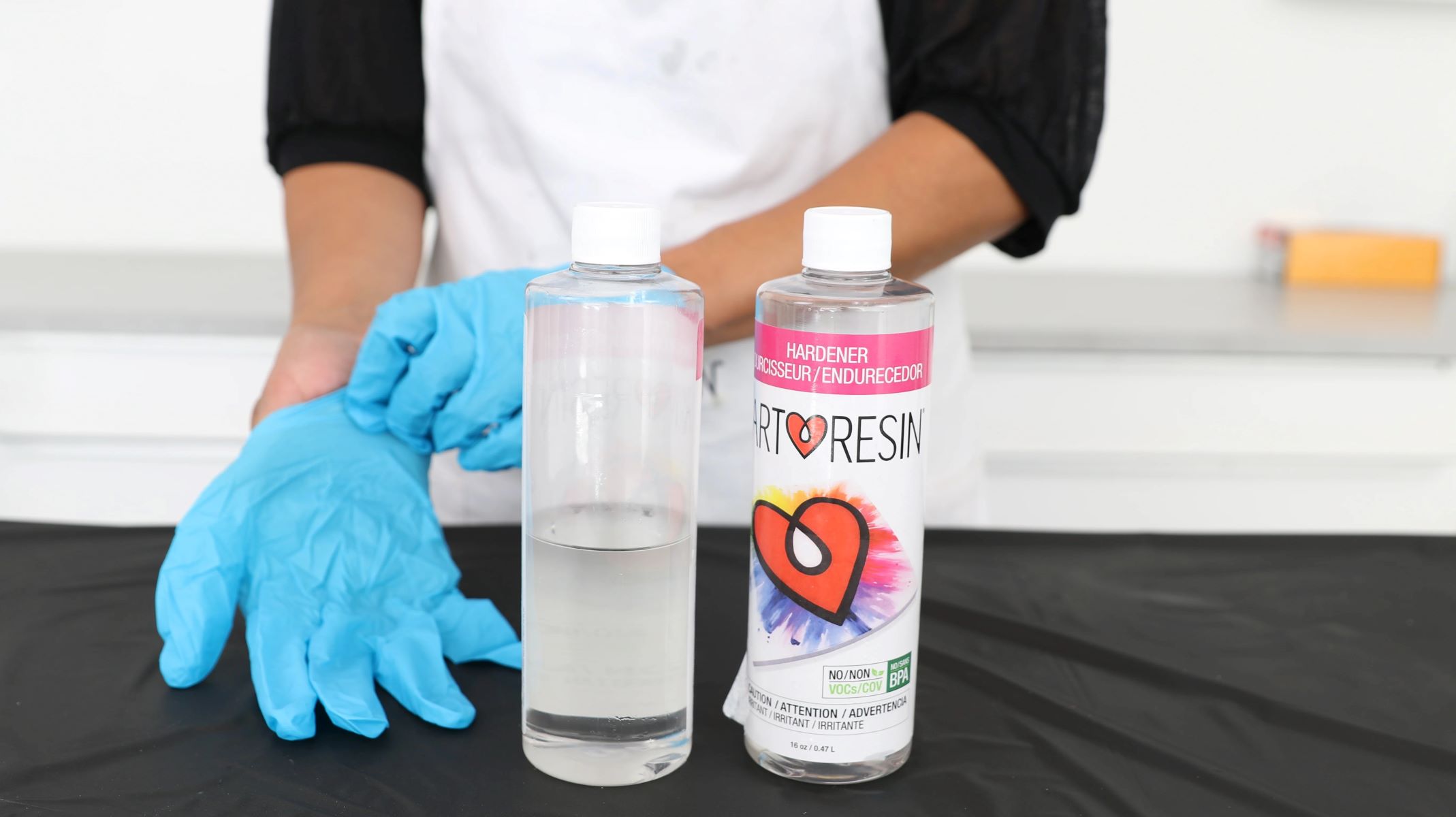
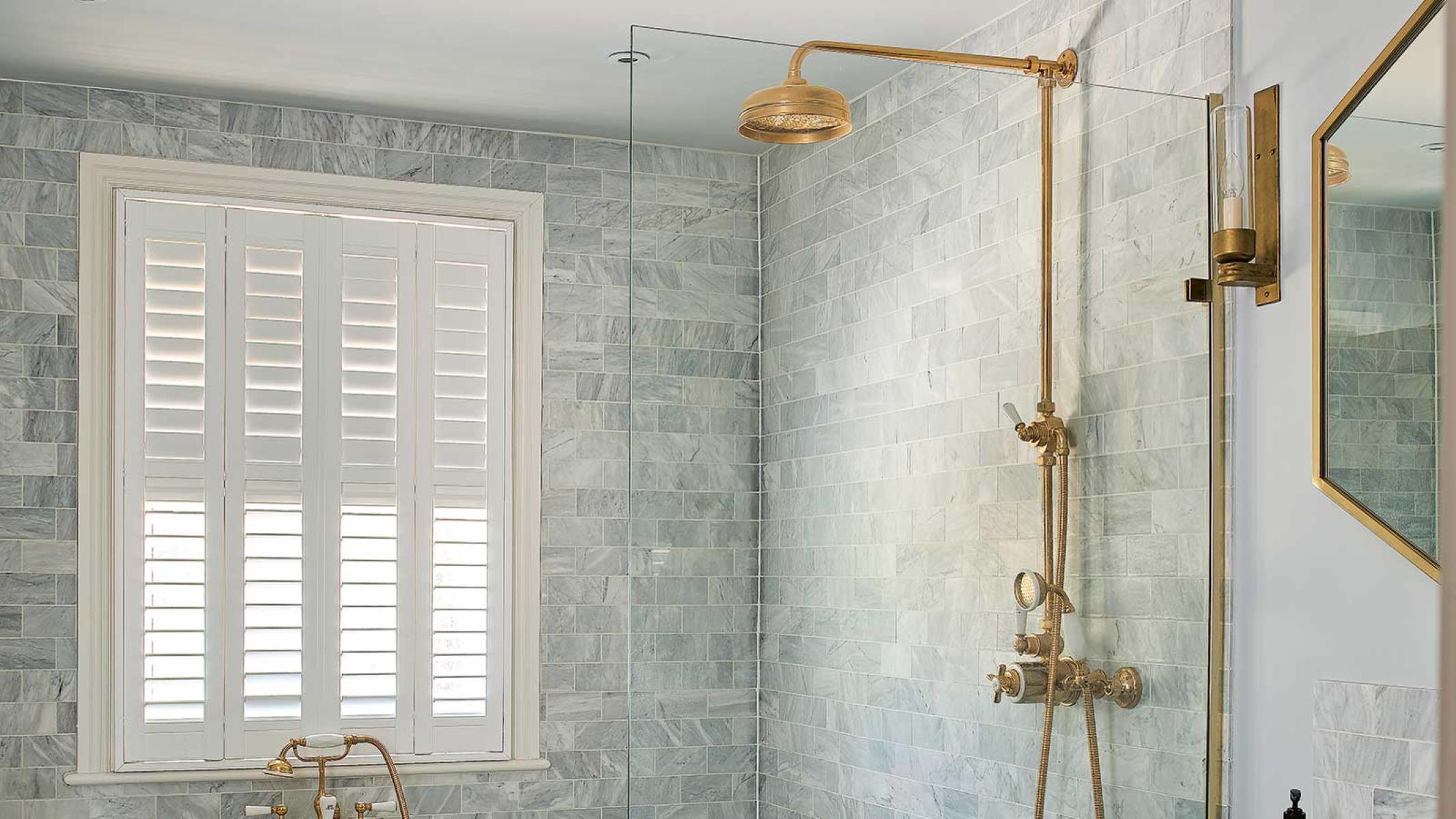
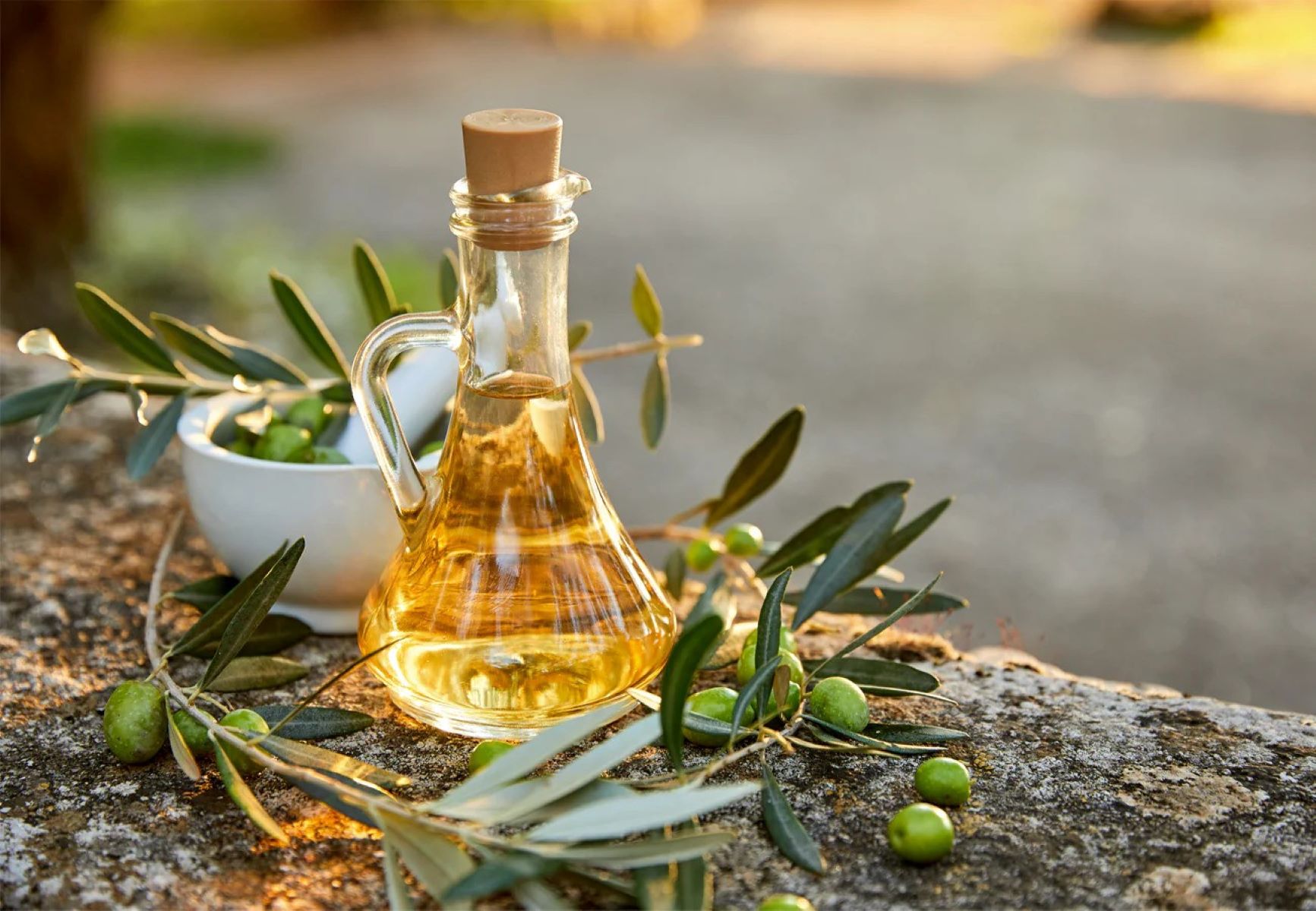
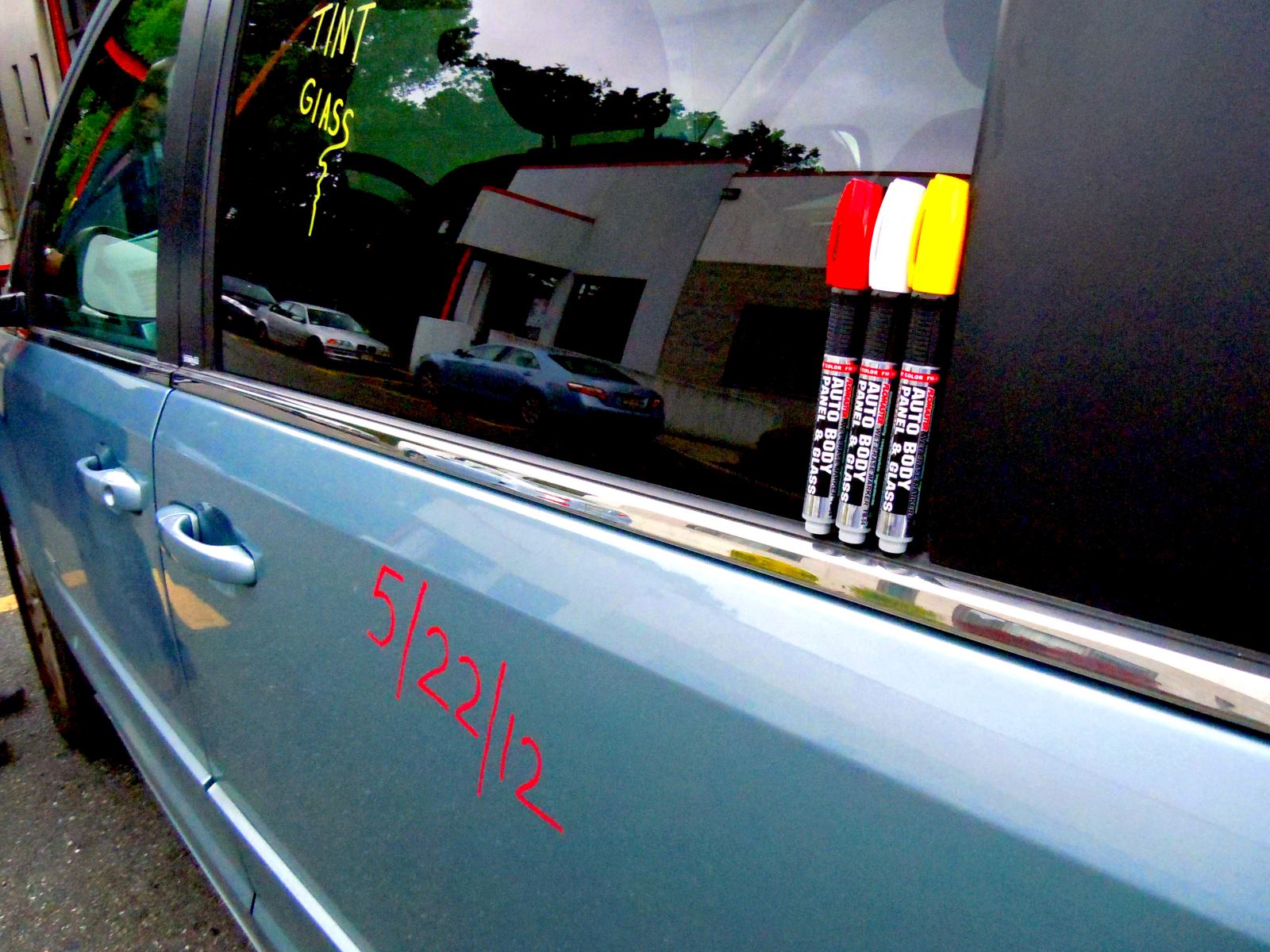
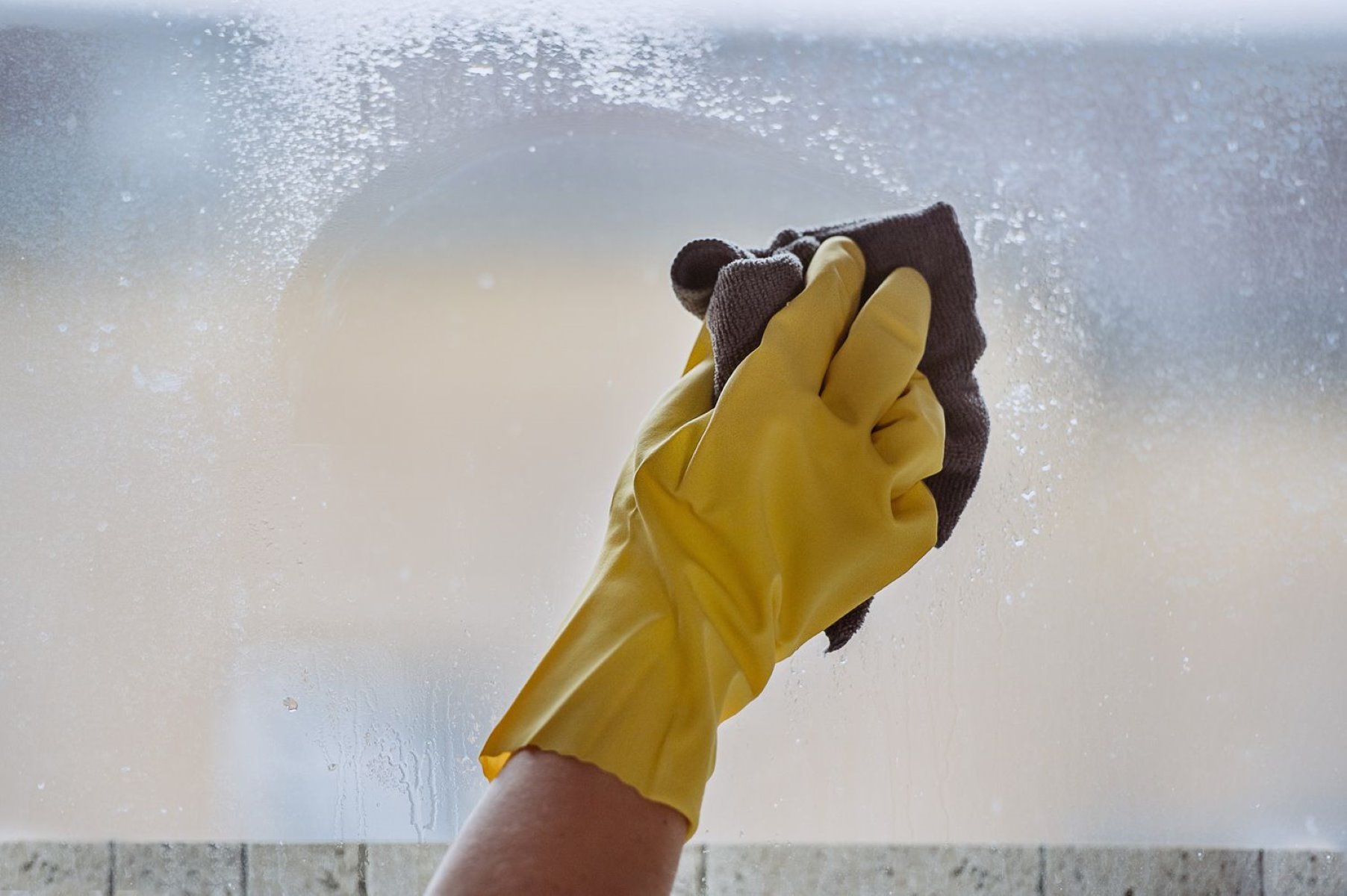

0 thoughts on “How To Get Crayon Off Glass”